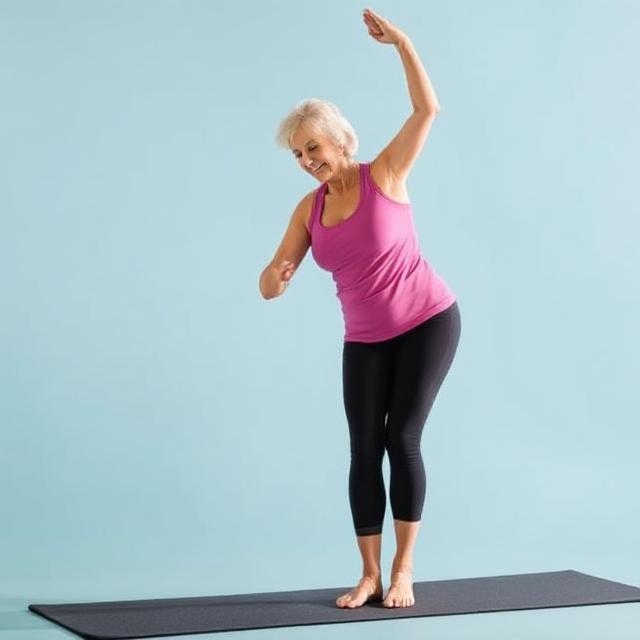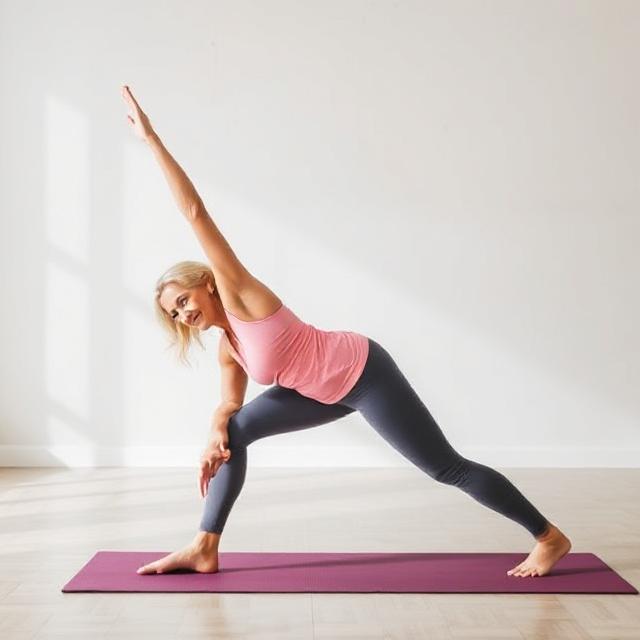As we age, maintaining physical fitness becomes increasingly important—not just for appearance or performance, but for functionality and independence. After 50, one key area of health that often goes overlooked is balance. Poor balance can lead to falls, injuries, and a diminished quality of life. Fortunately, balance workouts offer a highly effective, low-impact way to enhance physical well-being, sharpen the mind, and protect long-term mobility. These workouts aren’t reserved for elite athletes or gym-goers; they are accessible to nearly everyone and yield profound rewards. Here are six transformative benefits of balance workouts after 50 that could reshape how you move, feel, and live.
1. Enhanced Fall Prevention and Injury Reduction
Falls are the leading cause of injury among older adults, often resulting in broken bones, hospital stays, or even loss of independence. Balance workouts help build the neuromuscular coordination necessary to stay upright and stable in unpredictable scenarios—like stepping off a curb or catching yourself after a slip. These exercises challenge the proprioceptive system, improving body awareness and reaction time. Strengthening stabilizing muscles, especially in the ankles, knees, and hips, reduces the risk of falls. Moreover, consistent balance training can improve posture and alignment, minimizing the strain on joints and lowering the likelihood of overuse injuries. Whether you’re navigating stairs, getting out of bed, or gardening in your backyard, having a finely tuned sense of balance acts as a silent guardian. As the body learns to adjust and recover more efficiently, the fear of falling starts to subside, creating more confidence in daily movements. That freedom from fear alone can transform how older adults engage with their world, opening doors to more active, independent living.

2. Boosted Core Strength and Stability
The core isn’t just about abs—it includes muscles in the lower back, pelvis, and even the upper thighs, all essential for maintaining proper balance. Balance workouts inherently engage the core, often more effectively than traditional sit-ups or crunches. Every time you stand on one leg, shift your weight, or perform a movement requiring body control, your core muscles spring into action to stabilize you. Over time, this leads to enhanced trunk stability, which not only improves posture but also supports the spine and reduces chronic pain, especially in the lower back. Improved core strength translates to better movement efficiency in everyday tasks like bending, lifting, and reaching. More importantly, a strong core enables smoother transitions between movements, such as standing up from a chair or turning quickly while walking. These might seem like simple acts, but they are critical for independence in later years. With each balance-focused workout, you’re not just toning muscles; you’re reinforcing the structural integrity that supports almost every action you take. That internal strength becomes a foundation for everything else—making life not just more comfortable, but more powerful and pain-free.
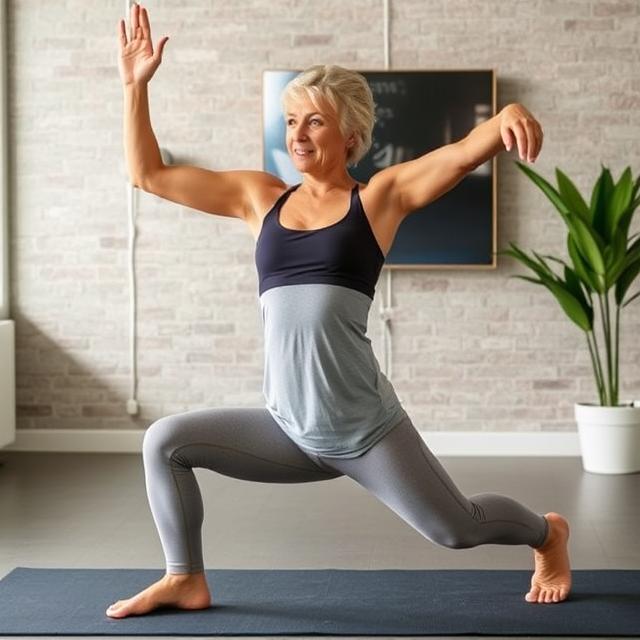
3. Improved Mobility and Joint Health
Mobility is a vital marker of health as we age. The ability to move freely and without pain determines whether we can handle daily tasks, travel, or participate in hobbies we love. Balance workouts play a critical role in maintaining and even improving mobility. They often incorporate dynamic stretches, gentle strength-building, and multidirectional movements that lubricate joints and promote full range of motion. These routines encourage healthy circulation to connective tissues, which helps slow the degeneration of cartilage and joints often associated with aging. Additionally, balance exercises condition the stabilizing muscles around the knees, ankles, and hips, creating a more supportive and resilient framework. When muscles work in harmony with joints, the body moves more gracefully and less painfully. This synergy helps prevent stiffness and guards against injuries caused by limited motion or abrupt movements. Balance training also retrains the nervous system to move the body more efficiently, reducing compensatory patterns that often lead to pain. For those who’ve begun to feel “tight” or “rusty,” incorporating balance work into your routine can feel like oiling the hinges—restoring smoother, more confident mobility one movement at a time.
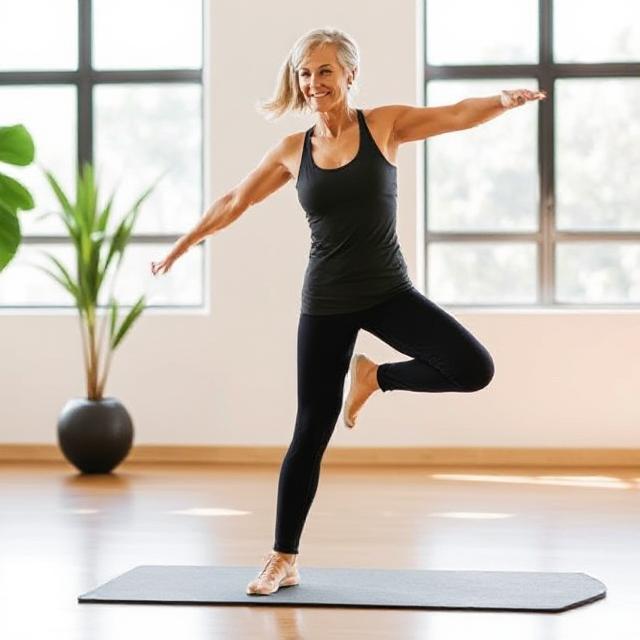
4. Sharpened Cognitive Function and Mind-Body Connection
Balance workouts don’t just train the body—they sharpen the mind. Many balance exercises require focus, coordination, and quick decision-making, all of which stimulate cognitive function. This type of training enhances the communication between the brain and body, strengthening the neural pathways responsible for movement, coordination, and spatial awareness. For adults over 50, this is particularly important, as age-related cognitive decline can begin to affect reaction times and multitasking ability. Activities like standing on one foot while tossing a ball, or navigating a balance beam, demand mental presence and improve concentration. This dual-tasking approach can even reduce the risk of dementia by keeping the brain engaged alongside physical effort. Moreover, balance training often emphasizes mindfulness—paying close attention to how your body feels and moves. This mind-body awareness can reduce stress, improve emotional resilience, and foster a greater sense of self-control. The discipline to stay mentally engaged during movement pays off not just in sharper thinking, but in enhanced confidence during daily life. You’re no longer simply walking—you’re actively navigating your environment with intentionality, precision, and a brain that’s firing on all cylinders.
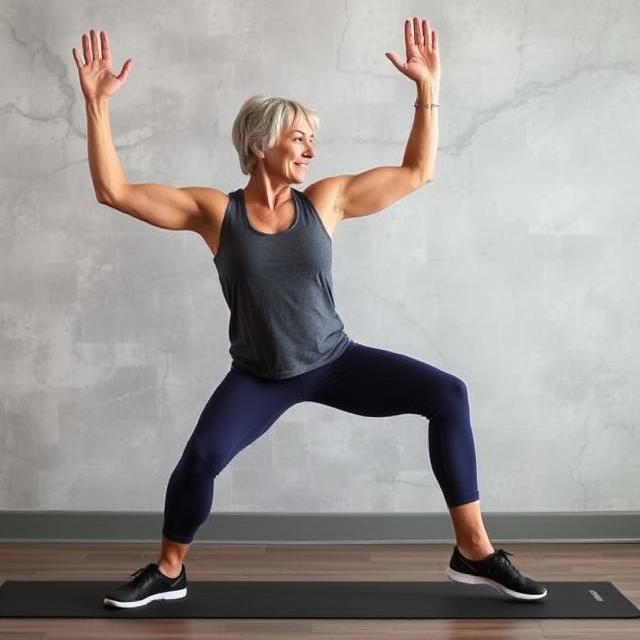
5. Elevated Coordination and Reaction Time
As we grow older, our natural reflexes and coordination often begin to dull. Balance workouts directly counteract this decline by challenging your body to respond quickly and efficiently to shifting demands. Whether you’re practicing stepping side-to-side on an unstable surface or catching yourself mid-fall in a balance drill, these exercises sharpen your reaction speed. This enhanced coordination doesn’t just help in workouts—it’s highly functional in real life. Imagine misstepping off a curb or being bumped in a crowded space. A trained body can correct course instinctively, preventing a fall or injury. Regular balance work also improves synchronization between limbs, so your hands, eyes, and feet start to move more cohesively and with purpose. Activities like tai chi, yoga, and even dance-inspired routines enhance this coordination further, creating smoother, more graceful motion. Beyond physical dexterity, better coordination reduces mental fatigue because movements feel more natural and less effortful. You stop overthinking each step or action, and your body starts to perform with calm efficiency. For older adults, this means reclaiming ease in everything from walking to playing with grandchildren. It’s not about perfection—it’s about agility, preparedness, and fluidity in motion.
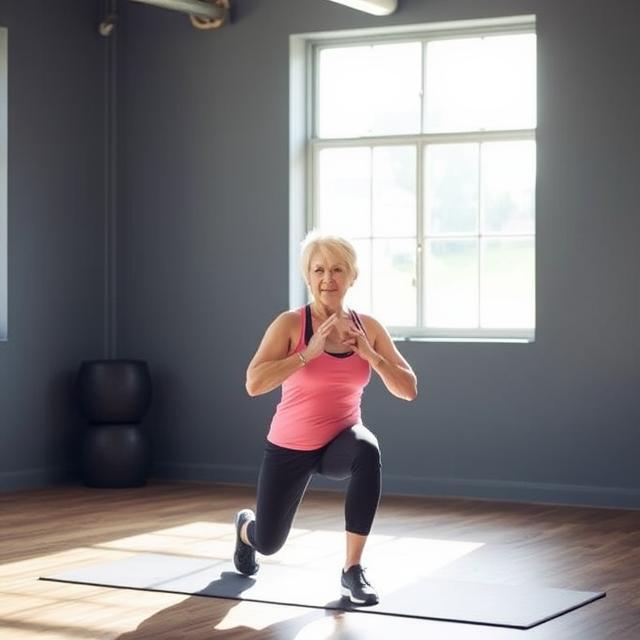
6. Greater Confidence and Independence
Perhaps the most overlooked yet life-changing benefit of balance training is the surge in confidence it fosters. As people age, the fear of falling or injury can be paralyzing, often causing them to limit activities or stay sedentary. This fear slowly chips away at independence and diminishes quality of life. But balance workouts provide an antidote. With each session, you learn what your body can do, how to regain control, and how to trust your movements again. That trust builds self-assurance. Tasks like walking up stairs, crossing uneven terrain, or standing on a moving bus no longer feel intimidating. There’s a renewed sense of freedom in knowing you can navigate the world safely. This increased confidence spills into every aspect of life—from socializing more freely, to traveling, or even trying new activities. Independence isn’t just about physical ability—it’s a mindset, a belief that you are capable, agile, and resilient. Balance training supports both the body and the spirit, creating a foundation for long-term autonomy. It’s not about turning back time—it’s about enhancing what you have right now, so you can fully enjoy every step ahead with strength and certainty.
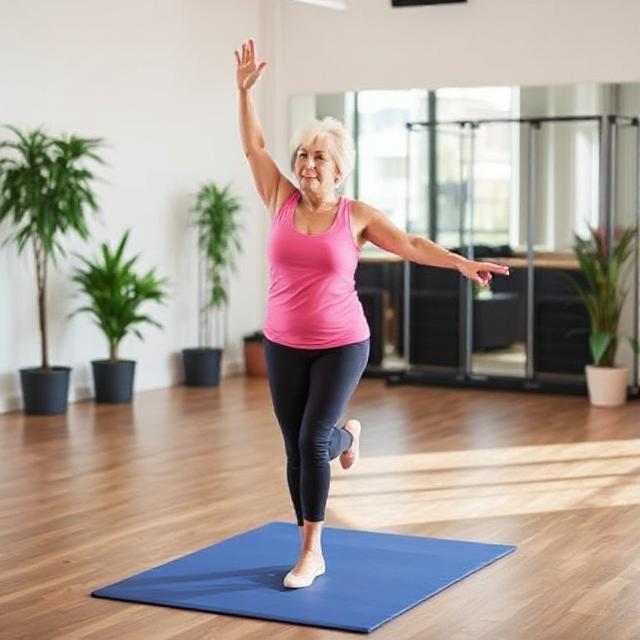
Balance workouts after 50 are more than just a preventative tool—they are a catalyst for transformation. They strengthen the body’s foundation, sharpen the mind, and rebuild the confidence that aging so often tries to erode. These routines don’t require fancy equipment or hours in a gym; just a commitment to improving how you move and feel. From reduced injury risk to increased cognitive clarity, the benefits are profound and far-reaching. Aging may be inevitable, but how we age is largely within our control—and balance training is one of the most powerful, empowering ways to take charge.
